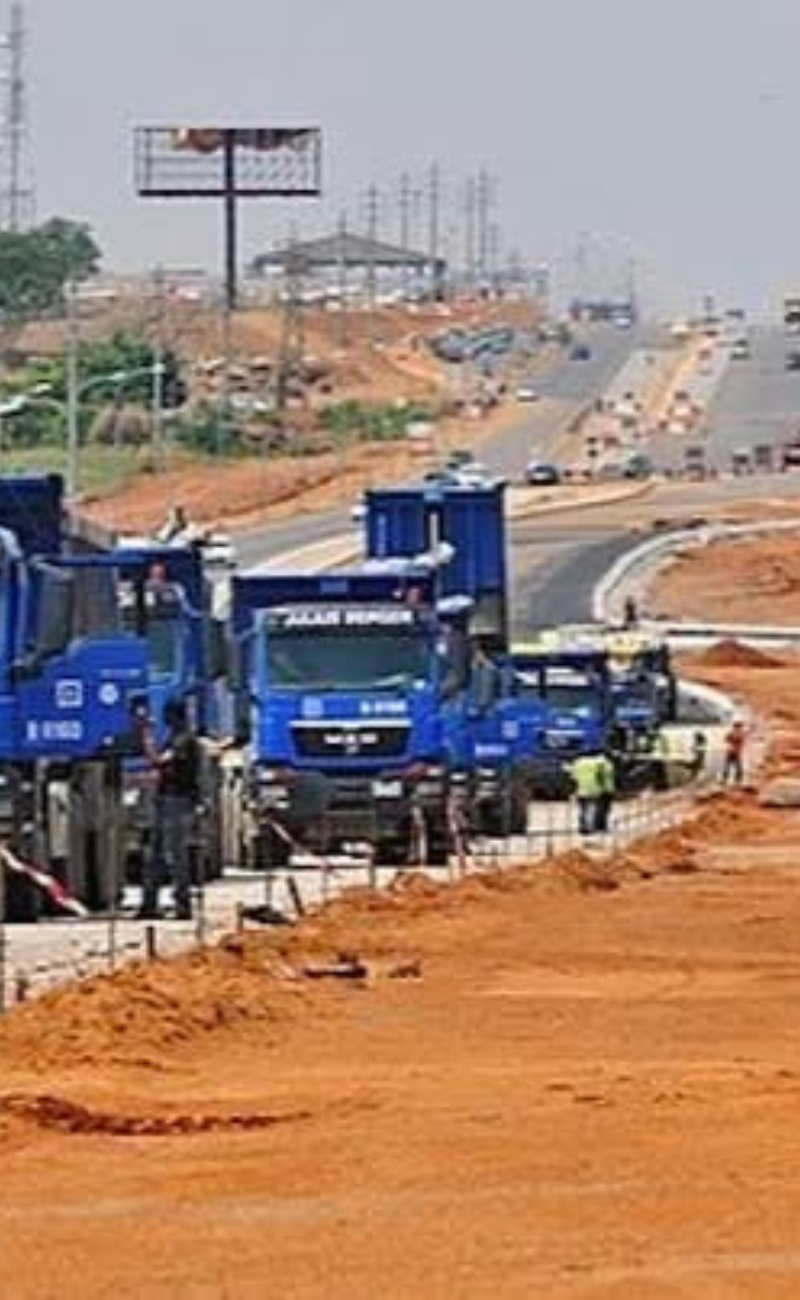Grid collapse aside, Oshiomhole recounted a personal experience of having to purchase a transformer and pay for its installation, only for it to become the property of the distribution company.

The senate has strongly criticised power sector operators, including Generation Companies (GenCos), the Transmission Company of Nigeria (TCN), and Distribution Companies (DisCos), for failing to deliver reliable electricity, asserting that they have added no significant value to the sector.
The senate described the privatisation of the power sector as a “total failure” and warned that it might propose legislative measures to repeal the policy. Lawmakers claimed that the privatisation, introduced in 2013, has plunged Nigeria deeper into darkness, leaving citizens without solutions.
This condemnation followed the presentation of a report by the senate committee on power during Thursday’s plenary, which investigated frequent national grid collapses and related issues. Sen. Enyinnaya Abaribe (APGA, Abia south), who presented the findings, attributed the persistent grid failures to factors such as aging infrastructure, abandoned projects worth trillions of naira, regulatory inefficiencies, security lapses, lack of modern monitoring systems, and inadequate financial oversight.
Abaribe highlighted that despite substantial investments in electricity infrastructure, the grid has suffered 105 collapses over the past decade. He revealed the significant costs incurred during grid failures, particularly in restarting power plants. According to the report, restarting a plant after a grid collapse (known as a “black start”) is considerably more expensive than normal operations. For instance, while running costs for a plant like Azura, Delta, or Shiroro are approximately $105,000, restarting costs can reach $7 million per incident. Collectively, grid collapses cost Nigeria an estimated ₦42.5 billion for these three plants alone, with broader implications for the entire power sector.
The report emphasised that the national grid, over 50 years old, is outdated and in urgent need of modernisation to meet current operational standards. Abaribe also noted other pressing issues, including operational inefficiencies, abandoned projects, regulatory gaps, security challenges, and the absence of Supervisory Control and Data Acquisition (SCADA) systems essential for real-time monitoring and management.
“Whenever a plant is shut down, they restart the plant and to restart it which they call a black start, it cost far more that running the plant. While it cost $105,000 to run the plant, to restart it will cost $7m. So for anytime we have a shut down occasioned by grid collapse, three plants in Nigeria, three plants in Nigeria that supply most of our electricity, Azura, Delta and Shiroro, to restart the plant cost Nigeria $25m or ₦42.5bn and if we expand it to the rest of the operating plants in Nigeria, it is actually not quantifiable,” he stressed
“Aging infrastructure has been identified as a critical factor contributing to frequent grid failures. Many components of the grid are outdated and have not undergone necessary maintenance or upgrades, leading to increased vulnerability to failures,” the senator added.
READ ALSO: Senate shuns shutdown of National grid, assures support for new minimum wage bill
Contributing to the debate, Sen. Adams Oshiomhole (APC, Edo north), criticised the privatisation policy as flawed and exploitative, stating it imposed undue financial burdens on Nigerians.
“The Discos are out for profit while they make our people suffer. I never imagined that a private person will collect money for services he did not render and Nigerians are helpless,” Oshiomhole stated.
He recounted a personal experience of having to purchase a transformer and pay for its installation, only for it to become the property of the Abuja Electricity Distribution Company (AEDC). Oshiomhole called for a comprehensive review of the privatisation policy in line with the administration’s “renewed hope agenda.”
“After the procurement, it becomes the property of AEDC (Abuja Electricity Distribution Company). I even had to pay money from my pocket to connect the transformer to the grid. We have to revisit this ill-advised privatisation and we are going to advise Mr President in line with his renewed hope agenda, to review the power sector privatisation,” Oshiomhole recommended.
On his part, Sen. Abdul Ningi (PDP, Bauchi central) added that the ongoing failures in the power sector persist due to a lack of accountability. He argued that without sanctions for lapses, the sector’s inefficiencies would remain unaddressed.
He said, “Over the years, nobody has been punished for the lapses of the power sector. Reports alone without sanctions will not allow Nigeria to make any headway. The implication is that the problems will continue.”
Following a series of debates, the senate stood down the consideration of the report and gave Abaribe’s committee additional six weeks to do a holistic investigation into the issues in the power sector and report back for further legislative actions.
About the national grid
The Nigeria national grid is the transmission system that carries electricity from the Transmission Company of Nigeria (TCN) to distribution companies (DisCos). The grid is made up of 330 kV and 132 kV circuits and substations, and is spread across the country and into neighboring countries.
The national grid has been experiencing frequent collapses, which has led to power outages that affect homes, businesses, and essential services. These outages have caused economic uncertainty, industrial disruptions, and losses for businesses. They have also made it difficult for critical services like healthcare, education, and security to operate.
In 2024, the Nigerian national grid has collapsed 10 times.
- February 4: The first collapse of the year
- March 28: The second collapse, attributed to a system failure
- April 15: The third collapse, affecting key cities and industrial zones
- July 6: The fourth collapse
- August 5: The fifth collapse, with widespread blackouts
- October 14: The first of many disturbances in October
- October 15: A partial collapse
- October 19: Another disturbance
- November 5: A partial collapse
- November 7: The most recent collapse



